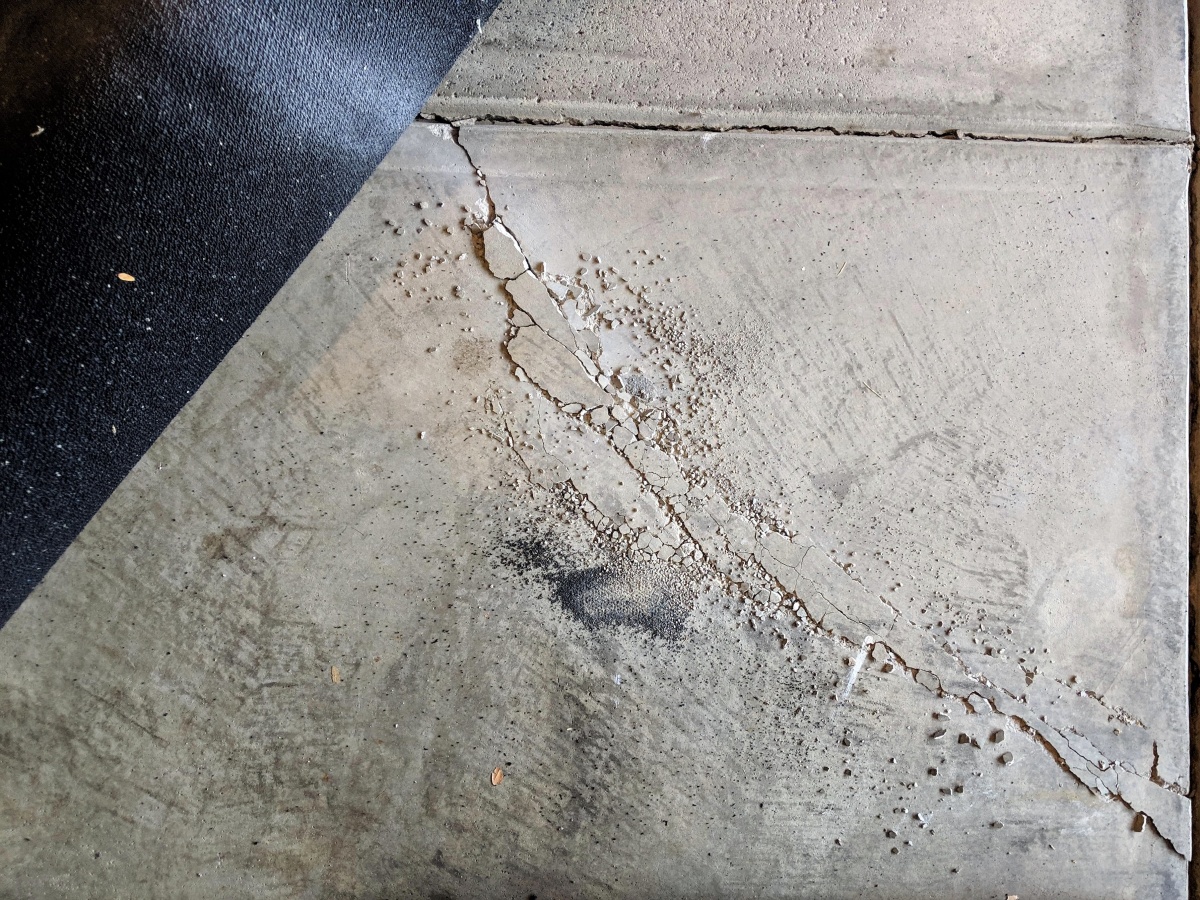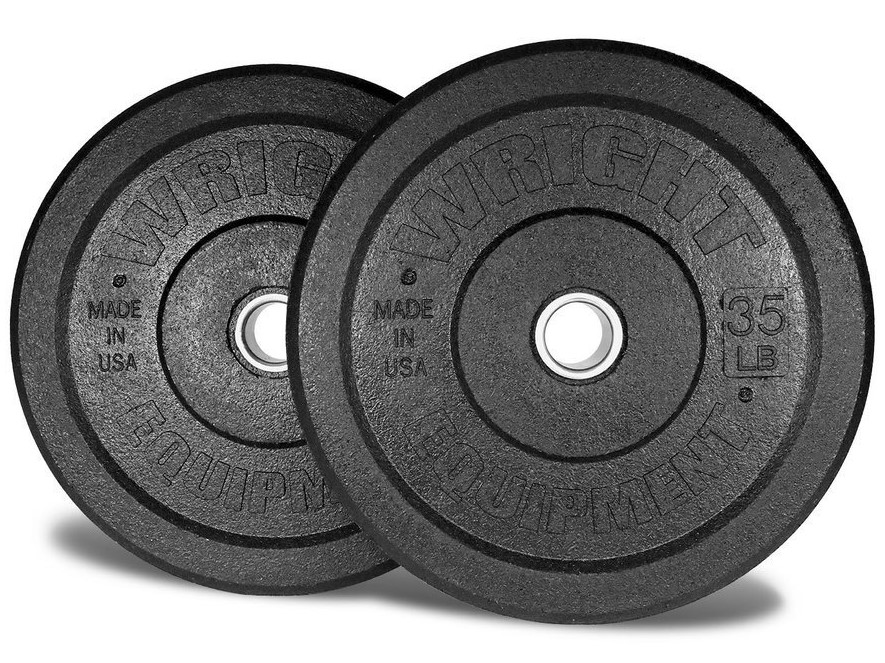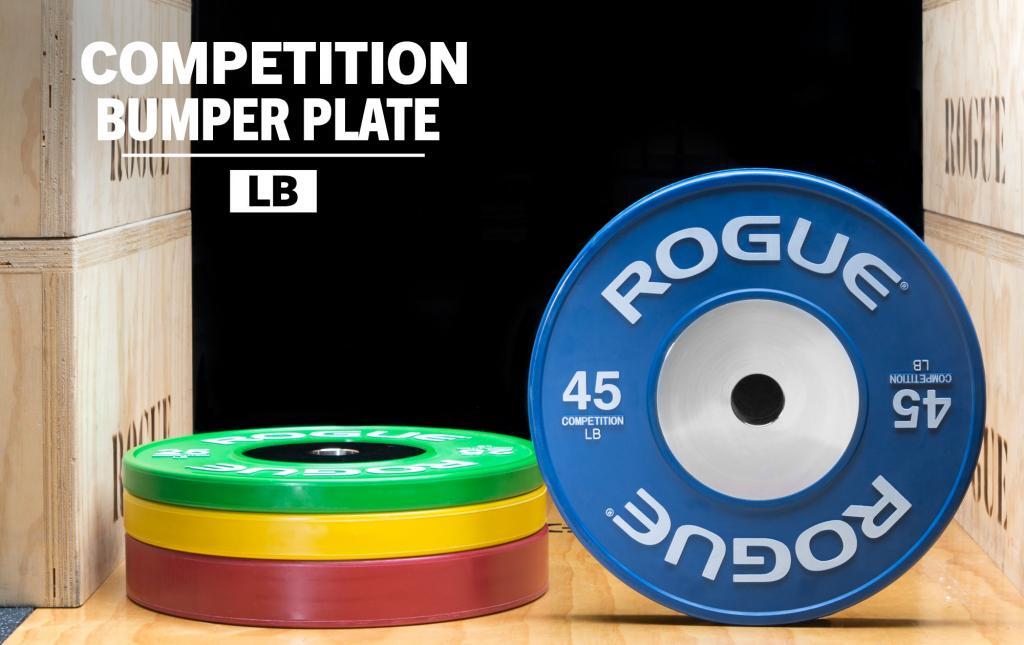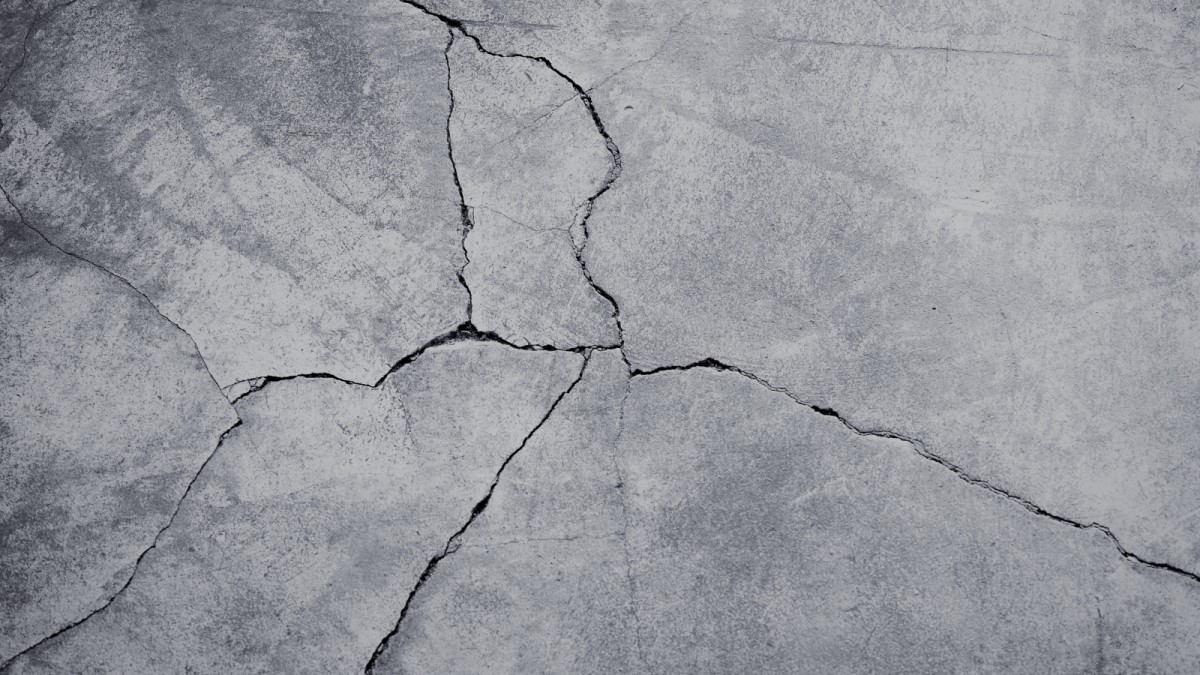The most obvious place to start doing deadlifts, olympic lifts, or just lifting weights in general, is in your garage. The solid concrete footing makes for a good gym.
We’ve all seen videos of people dropping bars loaded with bumpers on a bare concrete floor, apparently without cracking or pulverizing the concrete.
Much depends on your concrete. It’s not all the same. There are different grades of concrete mixes. The problem is, the average home owner has no idea how strong their garage’s concrete is, and I don’t know that there’s any way to find out.
Deadlifts aren’t as much of an issue as olympic lifts. Deadlifts just don’t fall far enough – and usually not at freefall – to cause anywhere near the forces as from several feet up.
Economy bumper plates, which are the large majority of bumper plates on the market, have what everyone calls a “dead blow bounce”, ie: a small and slight single bounce. Stock market traders call it a “dead cat bounce”: even a dead cat bounces when falling from a great height. Same principle.
In commercial training facilities, even under lifting platforms they have found damaged concrete. So this is also going to be a matter of volume. Hundreds of drops per day takes its toll. That said, the more protection, the better. A layer of rubber flooring between the lifting platform and concrete could make all the difference.

source: l0rdQ on reddit
I wrote about a few options for rubber and other flooring to protect concrete in my gym flooring guide. The basic solution is 3/4″ rubber mats. That might be enough. Adding a lifting platform on top of the mats is even better.
Hi-Temp was the first to make “crumb rubber” bumper plates, made with low density recycled rubber crumbs that causes the bumpers to bounce a lot, like halfway back up. The softness of the rubber – or in industry terms the low shore durometer rating of the rubber – absorbs the impact so well that your concrete will be fine forever. It’s a question of whether you can tolerance the bouncing.

Crumb bumpers are made by a lot of other companies now, such as PRx Performance, Wright Equipment, and others. They all work. Be aware that the low density means they’re very wide and you can’t fit as many on the bar. You can load a 7ft bar to 315 lbs (3 45lb plates per side) with crumb bumpers with room for collars, and maybe a couple 10lb iron plates. It depends, but that gives you an idea. Regular economy bumpers will easily fit 405+ lbs (4 45lb plates per side).
People have even used crumb bumpers on their concrete driveways with no bad effects, and I believe driveways are made with a low grade concrete. Asphalt driveways have more give and will be fine too.

Competition bumpers, on the other end of the spectrum from crumb bumpers, have hardly any bounce. They have several inches of steel in the center rather than just a little steel insert, and the smaller amount of rubber has a high shore durometer rating (it’s harder). This makes for a hard impact with very little absorption and a higher possibility of damage to the concrete floor over time. In short, you need some protection under competition bumpers if you’re dropping from shoulder height or overhead.
Damage to Your Barbell or Bumpers
As far as damage to the bumper plates themselves, decent economy bumpers should not be damaged by dropping on concrete. For example, before everyone started making them to tighter tolerances, I had a pair of bumper plates in 2008 with oversized center insert holes with a lot of play on the bar sleeve that I imagine wouldn’t last as long as more snug inserts. Some modern bumpers are also made with steel anchors holding the center insert into the rubber to stop it from popping out of place.
A pair of 25lb and larger economy bumpers can be used by themselves (for a total weight of 95 lbs with the bar). With some brands, 15lb and even 10lb are okay to drop by themselves. People always try to do it, and they should know and have it noted in the description. FringeSport put a pair of these 10lb bumpers on a bar and tossed it off a roof without damage.
At the time, the wisdom was that you should not drop 10lb bumpers alone like that, or they would fold up. Apparently Fringe at least knows how to make them right. I know York Barbell bumpers would start to visibly fold even just sitting loaded on the bar by themselves, or at least that was true of the model they sold several years ago.
Hi-Temp or other crumb bumpers can take the impact all day long indefinitely, with the way they absorb it so well by bouncing. Just don’t drop anything smaller than 35lb crumb bumpers by themselves. They’re so soft that a 25lb or smaller crumb bumper by itself on either end of the bar can fold on impact and be permanently ruined.
Competition bumpers might not fare so well. They are pretty stiff and not made for high rep training.
Any high quality bar ought to be okay. Bars are normally bent from being dropped on the safety bars in a power rack, with far less weight. Dropping a bar and bumpers on the floor won’t normally hurt the bar, because the bumpers are taking the impact. A potential situation is when you drop the bar very unbalanced and moving to one side. That could bend a bar. That only happens when someone doesn’t know what they’re doing or gets badly injured during a rep and dumps it awkwardly (and is not concerned about bar damage for the next several weeks on the couch). Under reasonable use it just doesn’t happen. I’ve heard of weak snap rings on the ends of the sleeves breaking off. That’s about it.

